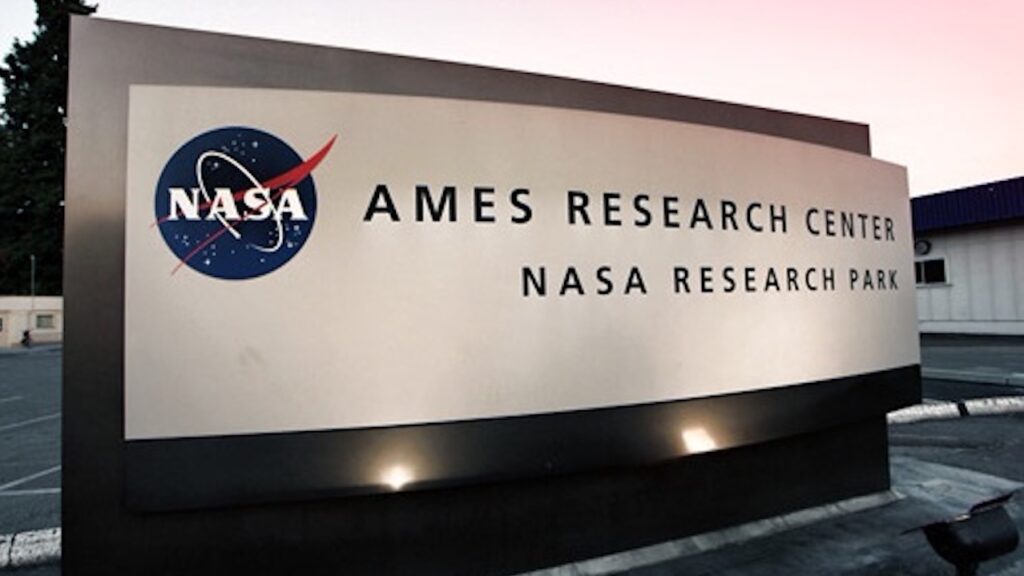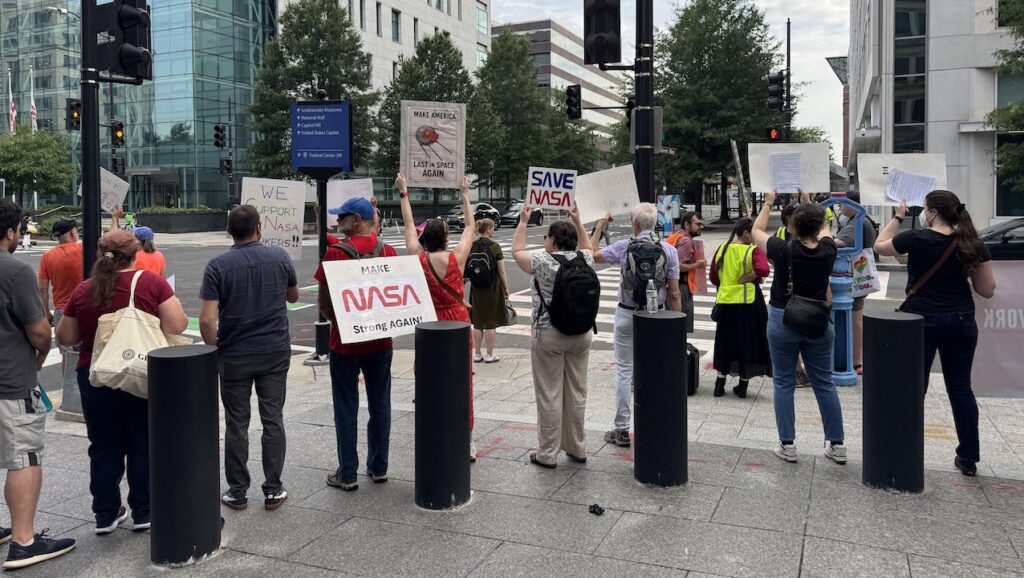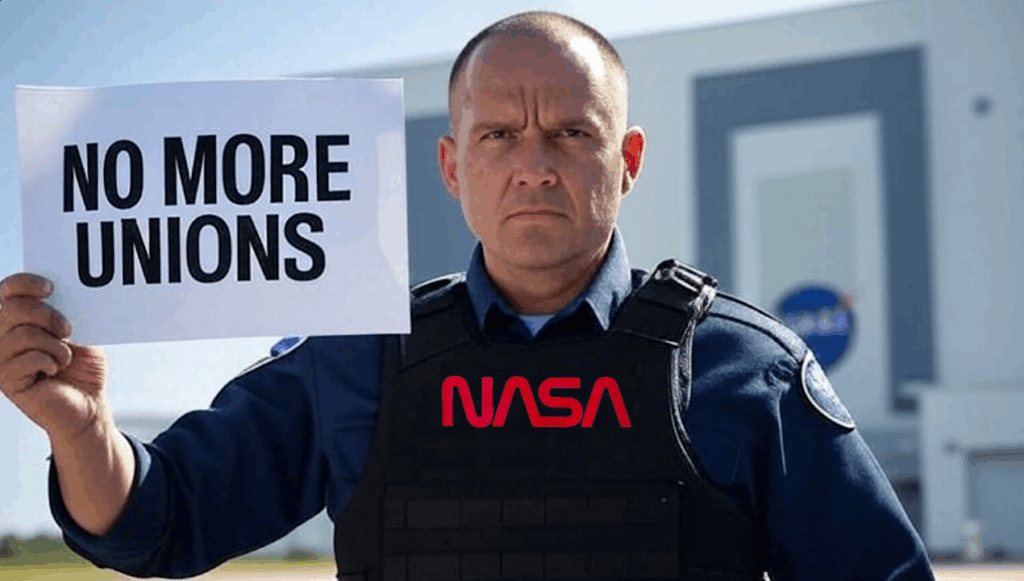OSTP Just Said Something About Outer Space

FY 2020 Administration Research and Development Budget Priorities, OSTP
“American Space Exploration & Commercialization – Research and innovation in space have a direct impact on Earth, generating advancements in our basic understanding of the universe and our own planet, and inspiring the next generation of scientists and engineers. Research investments should be focused on ensuring American leadership in space for long-duration spaceflight, in-space manufacturing, in-situ resource utilization, longterm cryogenic fuel storage and management, and advanced space-related power and propulsion capabilities. Agencies should prioritize demonstrations and flight tests to ensure an industrial base for commercial activity in space and on celestial bodies. One area of potential scientific and commercial importance is microgravity-related research that has the potential for near-term breakthroughs in biopharmaceuticals and materials science. Finally, agencies should seek opportunities to work with advanced materials, additive manufacturing, optical communications, and machine learning-capabilities that have broad potential applications in space and on Earth.”









Let’s see. This is the second administration in a row to say NASA should demonstrate: “in-situ resource utilization and longterm cryogenic fuel storage and management”. I wonder if NASA will do it this time, or whether policy will be sacrificed on the altar of SLS again.
There is going to be a in situ oxygen production test on the Mars 2020 rover. But for the most part, I don’t think the OSTP statement is very useful. In situ resources and cryogenic fuel storage are just two items on a very long list. NASA’s budget isn’t really enough to do everything on that list, at least not to a meaningful extent. So NASA is going to end up prioritizing and, in effect, picking and choosing the things they want to do.
I think it is great OSTP has shown enough interest to make such a recommendation. I wish NASA would actually bring forward a proposal to do some of these things and see if they can get the funding. Or they can take the current approach of bringing nothing new forward and taking every bit as much money but doing nothing new.
NASA has repeatedly brought forward proposals to advance the Technology Readiness Levels of different ISRU technologies. They found their budget proposals vanish in congressional committee. These TRL advancements have been cut out again and again, and the man who Chairs the Senate Appropriations Committee has been the major person doing that, to, as Jim said, fund SLS in his state of Alabama.
Yes, you could fund just as much ISRU work as the $2 Billion spent each year on SLS through Marshall Spaceflight Center. That, however, will require many more votes on separate line items in the budget than the single vote needed to pass SLS funding each year. That, in turn, will burn up political favors in the internal economy of Congress at a *much* higher rate, even for the 4th most powerful person in the Congress.
This economy of favors, inside Congress, is just one of the sources of the agency cost the Republic experiences whenever we allocate resources through politics, rather than the markets that make an industrial society more competently productive than pre-industrial societies. To get a better idea of the agency costs involved, look at the estimated price of SLS, up to its first launch, compared to the price of its Falcon Heavy equivalent launcher to LEO. SLS will cost $24 Billion up to first launch, while Falcon Heavy cost $500 million up to its first launch last February.
This traces back to the competent definition of the industrial revolution:
“When a society moves from allocating resources by custom and tradition (moderns read here, by politics) to allocating resources by markets, they may be said to have undergone an industrial revolution” Arnold Toynbee-1884
A fact that carries less impact than one would think.
I’ve cite this to non-science-interested folks in several ways, including your simple statement, or converting to 2%, or 50:1. Often though I’m favored with the view that this cannot possibly be correct. Even amongst my friends on the right, folks find this level of dysfunction impossible to grok. I’ve had some folks suggest that I’m “doctoring” the books.
Yep. It’s THAT bad.